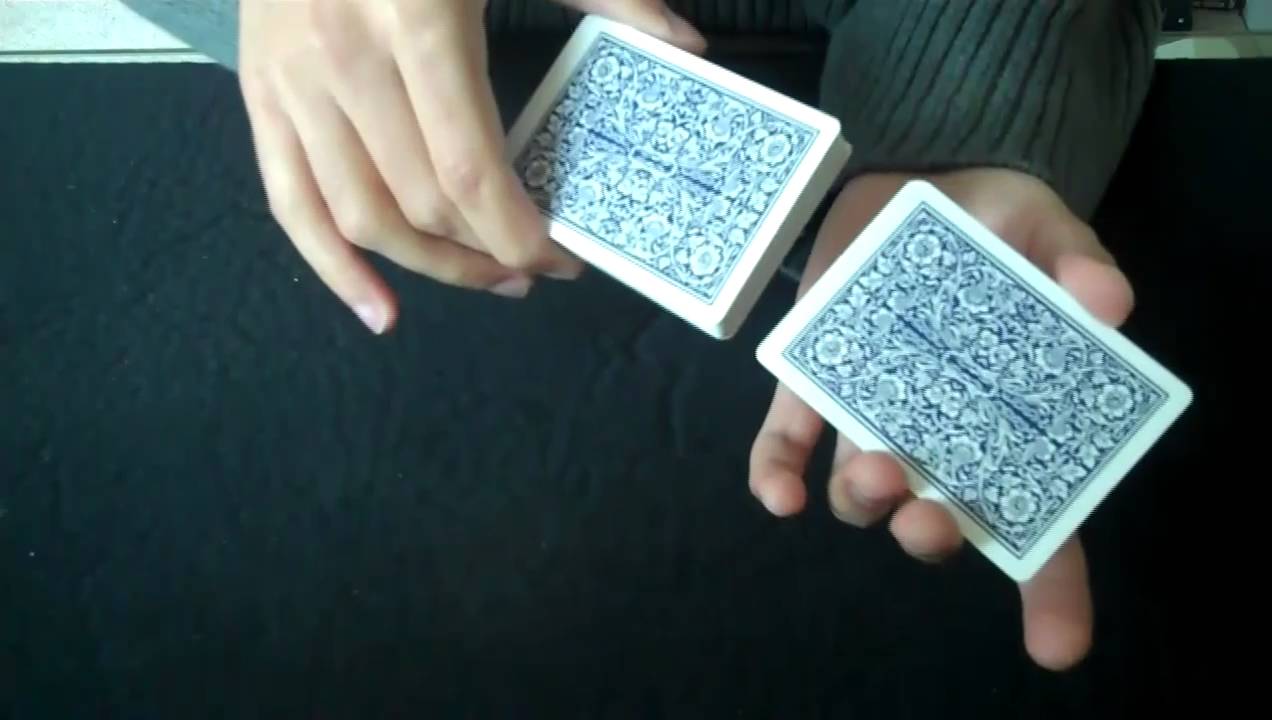
You can make your own tarot card in many ways. You can purchase images on Creativemarket. Or, you can make your own using software like Canva. The latter will be cheaper, but you must choose a compelling image and add meaningful words to the illustration.
A tarot card deck is created
Before you can begin designing your tarot cards deck, you need to be familiar with the meanings and symbols of each card. This information can be found in the tarot book or online guide. Each card represents a particular teaching, event, emotion. You can take some creative license when interpreting the symbols, but you should avoid making sweeping changes to the standard meanings.
You should remember the purpose of your tarot deck when creating it. The goal is to create a deck that speaks to you and your unique needs. Ideally, your deck will be both visually appealing and functional.

Choosing a tarot card image
The meaning of each card should be considered when choosing an image. A deck that is meaningful to your heart can be created by choosing an image you feel strongly about. Whether you are creating tarot cards for yourself or to share with others, choosing an image that has meaning to you is essential.
There are many ways to make your own tarot decks. Tarot readings with your own deck are far more powerful than those from a pre-made deck. Take your time, and be sure to put your heart and soul into the project.
Creating a tarot card layout
Tarot cards can be laid out in many different ways. Some are horizontal while others are vertical. If you're using a traditional deck, you can only choose a few designs, but an oracle deck will allow you to choose as many as you want. As a rule of thumb, you should create a spread that is representative of the person you are reading for.
Layouts of tarot cards should contain all the symbols and meanings. To create the layout, you might use Procreate on your iPad. But, you can also use scissors to cut and paint thinners. It should be fun to create a layout, but it can take patience and time. If you are designing a deck, it is a good idea not to rely on a tarot card reader. This will make the deck better.

Tarot cards and working with them
Working with tarot card cards begins with familiarizing yourself with the cards. You can choose one card each day to look at and you can also study it. You might find some cards more appealing than others. It's fine to take slow and steady steps. You will eventually be able to read the Tarot cards and interpret them for yourself.
It's also important to respect the cards and protect them. Some people place a crystal in their cards or use frankincense or sandalwood oil to protect them. Others choose different crystals and oils depending on the situation and their personal beliefs.
FAQ
What are some free resources I can use to learn more about hobbies
There are many websites that help people find new hobbies.
Here are some favorites of ours:
www.trythisathome.com - This site provides a list of over 100 different hobbies. It also includes information on how to get started on each one.
www.hobbyfinders.org: This website offers thousands of activities you can search by skill level, location, or interest.
www.indiebazaar.co.uk - IndieBazaar is an online marketplace designed specifically for independent artists and musicians. You will find hundreds of products that range from artwork to music gear on the site.
www.pinterest.com/explore/hobbies - Pinterest is a social media network that lets users "pin" images they find interesting onto their boards. Boards let users organize what they like into particular categories.
www.reddit.com/r/Hobbies: Reddit, another social media platform, allows users to post links to articles and videos. Voting is available for users to choose the most valuable posts.
What are good hobby ideas?
Your favorite hobbies are ones you enjoy. It will be easier to continue doing what you love if you are passionate about your work. If you don't feel well or tired, you will always have an excuse!
Hobbies that we all know and love include gardening, painting and crafts, photography, cooking, sports and games, reading, music, film-making, collecting, cycling, walking, dancing, writing, playing instruments, etc.
Consider volunteering at your local animal shelter, charity shop, hospice, children's hospital or hospice, elderly care home, school center, church, or community center.
Let's say you are looking for something more exciting. Take up skydiving or rock climbing, parasailing, parasailing and paragliding.
There are many ways to enjoy nature, even if you don't want to travel far. These include caving and cave tubing.
What are your competitive hobbies?
Competitive sports include running, swimming, cycling, golfing, tennis, etc.
They're a great way to get social interaction and are enjoyed by those who love physical activity.
If your hobby is physical activity, chances are that others share it.
This could include joining a club/group that allows you to play sports together regularly.
You might also choose to participate in team games involving playing alongside others.
These include: football (soccer), soccer, cricket, netball.
There are many types and levels of competition.
Some competitions may be held for pure recreational purposes.
Others are intended to test competitors' skill.
Yet, there are others that reward exceptional performance.
In these cases, the winners receive prizes.
Other competitions test strength and endurance.
These are called endurance events.
For example, marathon races, triathlons, Ironman Triathlon, etc.
Before competing in these events, athletes train hard.
To prepare them mentally and physically, they will be following a strict training regimen.
They might need to travel some distance during preparation.
It's important to remember that not all athletes compete in every type of event.
How can I get started in my new hobby?
The first step toward starting any new hobby is to decide what kind of activity you'd like to pursue.
Once you've chosen your subject, you need to be passionate about it.
It is crucial to know why you want to pursue a hobby. It will provide you with direction and purpose.
After you have decided on the type of hobby you want to pursue, it's time to start planning.
Take a look at the equipment you will need.
Consider whether classes or seminars are necessary.
Make sure that you have enough space in your home for your hobby.
A club or group might be something you consider. These groups usually offer support and advice.
Finally, think about how much money you would need to spend on your hobby.
What is the cost of a hobby?
Time is all that's required to make a hobby a success. It can take many years to accomplish what you desire if you are serious about it.
However, there is something that can help. It's called passion. If you feel passionate about your chosen field, you'll find it easier to put in the work required to achieve your goals.
It is possible to become addicted once you begin putting in the work. And this is where the real fun begins! Because you are enjoying what you are doing and are constantly improving. You'll probably see a substantial improvement by the end.
Don't fret about how long this takes. Try it! You might be surprised by what you find!
Can I make a living from my hobby and earn money?
You can have many hobbies that lead to extra income.
You might consider selling items that are related to your hobby if you are passionate about it.
If you're a collector of stamps, you may be interested in establishing a website to sell them.
This will allow you to earn additional income without having go through the hassles of buying and selling stamps.
You could also create a YouTube channel to talk about your hobby.
This allows you to share what is important to you with others, and possibly generate additional revenue through premium content.
Statistics
- Studies show that just six minutes of reading can reduce stress levels by 60 percent. (oberlo.com)
- Much of this decline reflects the fact that teens are less likely to work today than in the past; among employed teens, the amount of time spent working is not much different now than it was around 2005. (pewresearch.org)
- 37% Video Games 36% Travel 36% Health and Fitness (quizexpo.com)
- In comparison, men in the “no humor” condition were refused 84.6% of the time and were only accepted 15.4% of the time. (time.com)
- I am 100% biologically a woman (discover.hubpages.com)
External Links
How To
How to Start Gardening
Gardening is one of the oldest forms of agriculture. It takes patience, persistence, determination, and perseverance. The first step in starting your own garden is choosing a location where you want to grow food. This could be on a large piece of land or in your backyard. Next, you will need to decide which type of plants are best for you. Do you prefer flowers or vegetables? Some people are passionate about growing herbs, while others like raising livestock like rabbits. You should consider how much space you have available before deciding what types of crops you plan to plant. If you live somewhere that has cold winters, it might be a good idea to grow berries or fruits.
After you have decided what you want to plant, it is important that you prepare the soil. Your plants' success or failure will depend on the soil they are placed in. The soil should be rich in organic matter to provide nutrients for your plants' roots. Organic matter includes things like leaves, twigs, grass clippings, manure, and compost. After you have prepared your soil you must add nutrients. Depending on the type of plants you plan to grow, you may need different amounts of nitrogen, phosphorus, potassium, calcium, magnesium, boron, zinc, copper, manganese, iron, molybdenum, chlorine, sulfur, sodium, and so on. You can calculate these values online with a fertilizer calculator. There are many fertilizers to choose from, so it is important that you are familiar with the product you are using.
After you have prepared the soil and added nutrients, it is time to wait for your seeds germination. The process takes between 2 weeks and 3 months depending upon the climate in your area. After seeds have sprouted, water them every day. Too much or too little water can cause problems. Overwatering can cause problems. Overwatering can result in root rot, fungal diseases, and even death. It is important to remember that plants will need less water in summer than in winter when watering them. Keep in mind that certain plants may need to be dried after being watered. For tomatoes, it is important to keep them moist but dry. Soggy soil is not a good choice for tomatoes. After plants finish flowering, they need to go dormant. When plants stop producing new growth, they go dormant and start storing energy for next season's harvest. During dormancy, the plant stops sending signals to its roots telling them to produce food. Plants continue to store energy throughout this period. Plants will soon die if they are exposed to too much or too cold temperatures.
You may be limited in what plants you can grow if you live in an urban area. Concrete sidewalks, roads, buildings and parking lots are all common in urban areas. These blocks block sunlight from reaching ground level. Concrete absorbs light which blocks sunlight from reaching the ground below. Many plants are unable to survive in urban areas due to the lack of sunlight. Many plants can still thrive in urban settings. Many trees, shrubs, perennials, and other plants can adapt to urban life. In addition, many annuals can be grown indoors in containers. You can bring greenery inside your home all year round, regardless of the weather.
Now that you have decided where to place your garden, chosen what you will grow, and prepared your soil, you are ready to plant!